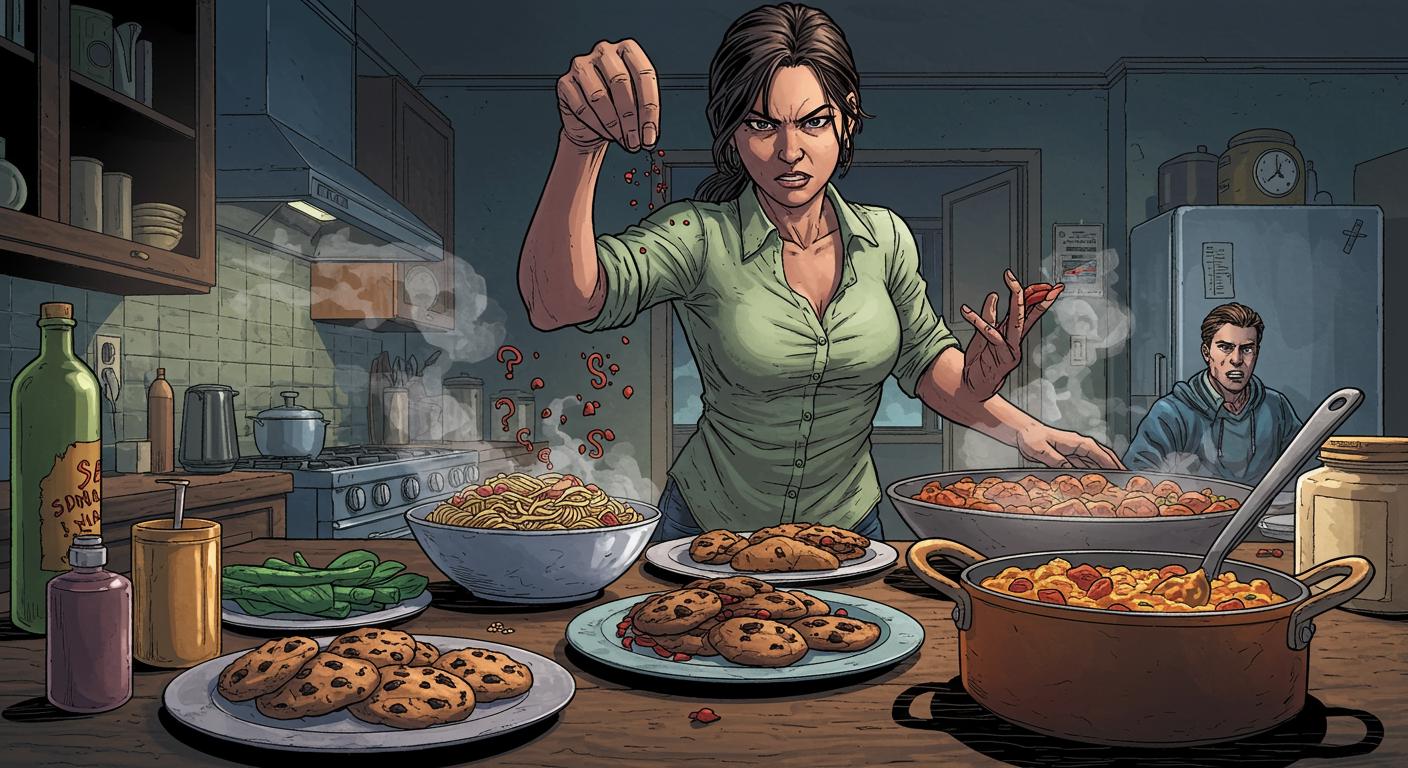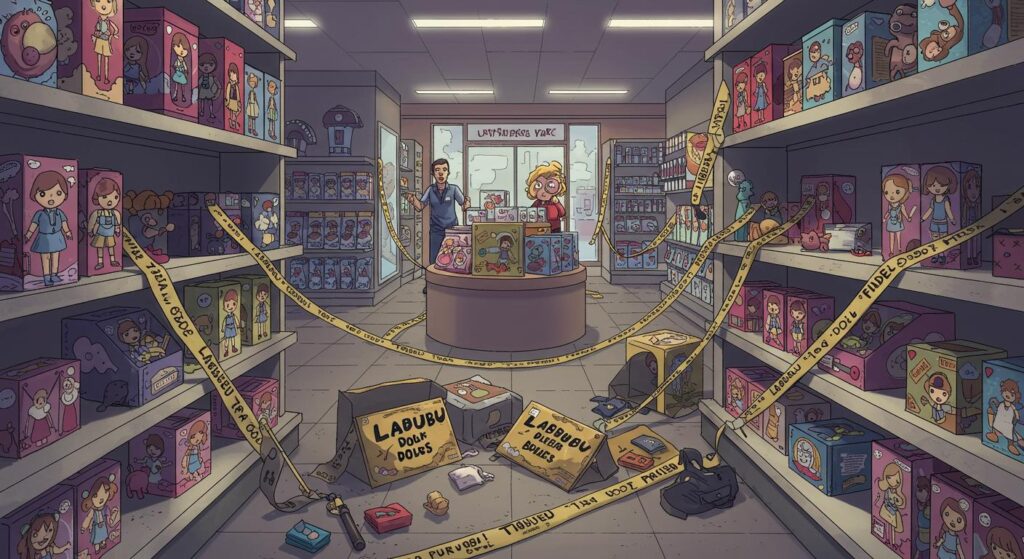It’s not every day that a dish synonymous with highbrow dinner parties makes international news for something other than its butter content. Yet here we are: the Beef Wellington, a meal usually reserved for celebration, upstaged by toxic intrigue and, regrettably, actual homicide.
The Case of the Toxic Table
In a story that feels ripped from the darker side of culinary lore, WINNMediaSKN reports that Erin Patterson, now infamous for her role as Australia’s “mushroom murderer,” was convicted last month of killing three relatives—her former in-laws Don and Gail Patterson, as well as Gail’s sister Heather Wilkinson—after serving a beef Wellington laced with death cap mushrooms. Heather’s husband Ian, a local pastor, survived after weeks of intensive care, a grim exception in a devastating outcome.
Notably, the veil of courtroom secrecy was recently lifted on fresh details: Prior to trial, Patterson faced three additional charges of attempted murder concerning her estranged husband, Simon Patterson. Those charges were abruptly dropped—no public explanation offered—and these allegations had remained under court suppression until now. Why they were set aside is anybody’s guess, leaving a trail of procedural breadcrumbs for those hungry for answers.
Poison on the Menu, by Course
Delving into the unsettling minutiae, Stoke Sentinel, building on court testimony and pretrial records, highlights years of domestic suspicion simmering beneath the surface. Simon Patterson recounted a pattern of mysterious, repeated illness after eating food prepared by Erin—curry, wraps, Bolognese pasta, and chocolate biscuits. The last, presented as treats allegedly baked by their daughter, fell somewhere between homey and ominous.
The court was told that at least one of these poisoning attempts was so severe Simon ended up in a coma, with his family twice advised to brace for his possible death. Facing this uneasy pattern, Simon started keeping records of when he fell ill—a move that, frankly, only a true student of quietly mounting dread (or archival research) could appreciate.
Concerned for his safety, Simon shared his suspicions with close relatives and a doctor, but stopped short of escalating the matter—believing, perhaps with a kind of restrained optimism, that he alone was the intended target. According to pre-trial testimony cited by Stoke Sentinel, after his parents’ sudden and catastrophic illness following the July 2023 lunch, Simon gathered family members at the hospital chapel and admitted he believed Erin had been attempting to poison him for years. Ruth Dubois, the Wilkinsons’ daughter, testified in a pre-trial hearing that Simon “was really sorry that he hadn’t told our family or our parents before this, but he thought that he was the only person that she was targeting and that they’d be safe.” As the outlet documents, Simon had chosen not to attend the deadly lunch—a decision based on his growing unease.
Court records referenced in Stoke Sentinel further indicate the peculiarities extended beyond the kitchen. Police suspected, in at least one instance, that rat poison was involved, and investigators reportedly uncovered a file about toxins on Erin Patterson’s computer. Authorities also noted that she visited a local rubbish tip both on the afternoon of the fatal lunch and again days later to discard a food dehydrator used in meal preparation—acts that prosecutors found suspicious. The initial visit, intriguingly, was kept from the jury after a judicial ruling.
Pre-trial hearings described other excluded evidence: A 2020 post to a poisons help Facebook group in which Patterson claimed her cat had eaten mushrooms and vomited, posting alongside photos of the fungi. But as prosecutors highlighted, records indicated that Patterson had never actually owned a cat, arguing this suggested a deliberate attempt to gather information under a false pretense and demonstrated what they called a long-standing fascination with poisonous mushrooms. The judge, however, barred the jury from hearing this particular background.
A Meal Best Left Untouched
It would be easy, perhaps, to lean into the sensational here: a domestic thriller served with a side of forensics, a punchline for food-themed true crime podcasts everywhere. But at the center of it all, three people are dead and a family is left to piece together a story that only makes sense in retrospect.
If there’s anything to take away, it might be that our rituals—breaking bread, offering cookies ‘baked by the kids,’ gathering over a lovingly-prepared dish—are, in most cases, the concrete expressions of trust. We rarely question the intent behind a plate of curry or a wrap. This case asks, in its own grim whisper: what happens when those rituals are weaponized?
Is there a more chilling breach of trust than a home-cooked meal served with a hidden, deadly agenda? The Beef Wellington is, of course, ruined forever. And perhaps, for once, no one’s going back for seconds.







